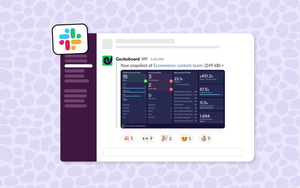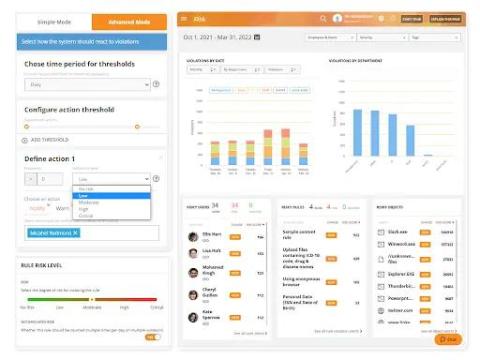Evolving HR practices in the age of AI: Insights from Josh Bersin
Despite some misconceptions, HR insiders know there's a whole world of complexity in their work — from navigating employee needs to integrating cutting-edge tech like AI. It's about understanding and managing the evolving world of work.










